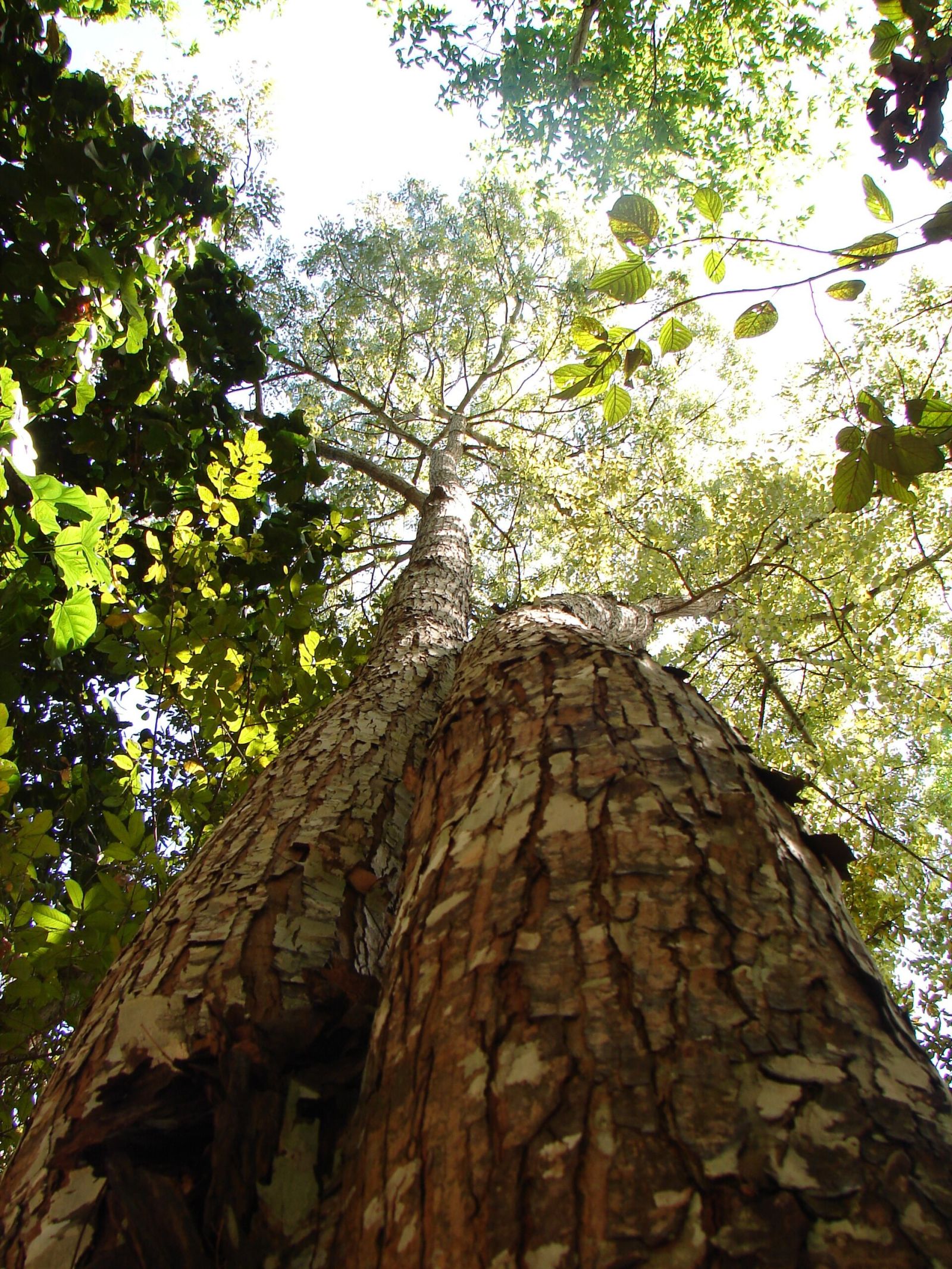🌳 Amazon trees are visibly thickening due to CO2
Follow us on Google News (click on ☆)
Researchers have found that since the 1970s, the average circumference of trees at their base has been increasing by 3.3% per decade. This widespread growth affects trees of all sizes, from young saplings to century-old giants. The study, conducted by nearly one hundred scientists specializing in tropical ecology, relied on data collected from 188 plots distributed across the Amazon. The measurements focused on what is called the basal area, meaning the space occupied by the trunks at the forest floor level.
Tim Baker, professor of tropical ecology at the University of Leeds, emphasizes that this study shows that the entire forest has changed, not just certain categories of trees. Scientists had considered several possible scenarios: either only large trees would benefit from the increase in CO2, or conversely, small trees would gain a disproportionate advantage. Ultimately, the results published in Nature Plants show that all trees benefit from these changed conditions.
This widespread growth represents good news because it indicates that Amazonian forests have greater resilience than expected in the face of climate warming. Beatriz Marimon, plant ecologist at the State University of Mato Grosso, explains that even the largest trees, although more vulnerable to extreme weather events, are thriving in areas spared from deforestation. Trees absorb and store massive amounts of carbon while increasing in volume.
Adriane Esquivel Muelbert, associate professor of tropical plant ecology at the University of Cambridge, specifies that large trees are particularly effective at capturing atmospheric CO2. None of the studied plots showed a decrease in basal area, which suggests that the positive effects of CO2 still outweigh the negative impacts of climate change. However, this favorable situation could evolve in the coming decades.
Researchers warn of a possible slowdown in growth and an increase in tree mortality due to heat stress, water scarcity, fires, and storms. Preserving the integrity of the Amazon rainforest appears to be the best protection against these growing threats. These results highlight the crucial importance of tropical forests in regulating the global climate and the need to actively protect them.
Photosynthesis and the fertilizing effect of CO2
Photosynthesis is the process by which plants use solar energy to transform carbon dioxide and water into sugars, their energy source. When the concentration of CO2 in the atmosphere increases, plants can perform this transformation more efficiently, which stimulates their growth.
This fertilizing effect works like a nutritional supplement for plants. Trees have more 'building materials' to develop their tissues, which results in thickening trunks and increased biomass. This phenomenon is particularly visible in tropical forests where growth conditions are optimal.
However, this advantage has its limits. Beyond a certain threshold, excess CO2 no longer produces additional beneficial effects. Moreover, other factors such as soil nutrient availability or water can limit this accelerated growth.
Understanding these mechanisms helps predict how forest ecosystems will be able to continue absorbing atmospheric carbon in a changing climate.
